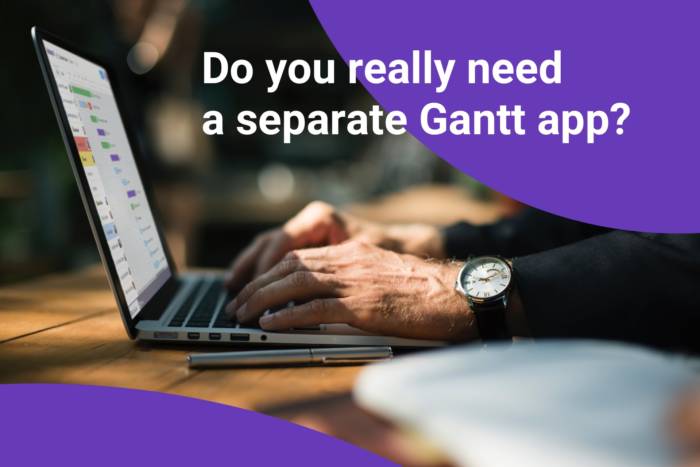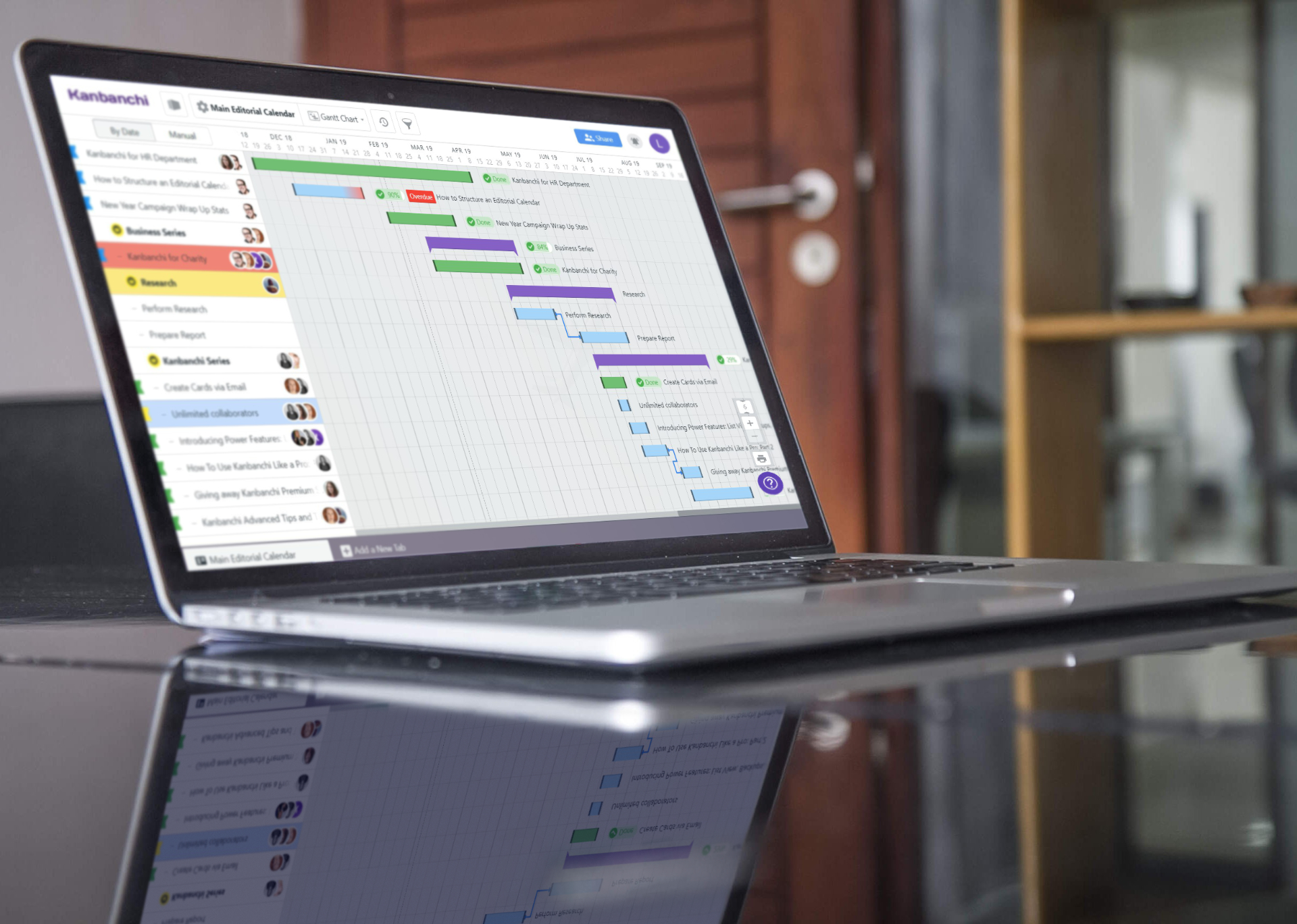
Do You Really Need a Separate Gantt App?
Where should you look to get started when you need a Gantt chart? This can be an incredibly valuable tool in helping you to organise any sort of project. There is little doubt that you will be better off with one of these Gantt solutions than without one.
Yet, with so many solutions offering Gantt charts out there you may be left scratching your head over which one to choose. Which option is going to give you the approach that your team needs to keep the work tightly under control at all times?
In fact, the first point to consider is whether you even need a separate application only for composing Gantt charts. What are the different factors to take into account when you make this decision?
Having Everything in Different Places Makes Life More Difficult
The first issue here is around how easy you can make life for your team. Do you really want them to have to flounder around looking for the Gantt chart, a Kanban chart and a number of spreadsheets or word documents in order to see what is happening in the project?
Ideally, your tools should make everything simpler for them rather than more difficult. Having a stand-alone Gantt chart can make life more awkward than it has to be in this respect. People might forget that it even exists or neglect to take it into account when looking at other data elsewhere.
What is the best way of stopping this from being a problem, though? The truth is that the more tools you can have in one place the better. By keeping all of your most vital data together it should be easier for everyone to focus and be more effective, as well as wasting a lot less time.
For a start, newcomers only need to be trained on one application, rather than on several of them. It also means that it is easier to share the information when it is all kept together in one application that everyone understands well.
For a start, newcomers only need to be trained on one application, rather than on several of them.
What About Integration with Other Apps?
Back in the old days, Gantt charts were all hand-written on sheets of paper. The only things they needed to be integrated with were the walls they were hung up on and the pens that were used to write on them.
These days, it gets a lot more complicated. You probably need to work using a number of applications, such as the G Suite from Google. It is simply impossible to run most projects purely relying upon a single Gantt chart that is unconnected to anything else. At first, it might seem simpler to do this but often it just isn’t practical.
The better that you can combine everything the easier it will be to tackle each part of the project in the best possible way.
Adapt Better to Each New Project
Do you tend to carry out similar projects each time? In many businesses, there is a certain type of project that regularly crops up. Yet, this doesn’t mean that you won’t ever need to do anything else at times.
Some projects might be short and sweet while others could be longer and hugely complex. Some might have just a few people working on them but others could have massive teams involved. Isn’t it strange that people try and approach these very different pieces of work in exactly the same way?
If you have a stand-alone Gantt chart then it might be right for one project. But what if your next one needs more integration with other tools or an easier way of sharing the details with a lot more people?
The truth is that it is often necessary to change approach when moving from one piece of work to another. Having the ability to tailor how you use your Gantt chart can be a big bonus in getting every single piece of work done in the right way.
Is having a separate Gantt tool going to make this easier or more complicated to adapt to each new situation? It really depends upon what types of projects you are going to be faced with. The chances are that you need an integrated, adaptable tool sooner or later, though.
So, What Should You Do?
Having looked at some of the main issues, we can now consider whether using a stand-alone Gantt app makes sense. In the majority of cases, it is far better to get a solution that brings together this and other tools that could be of use to you.

Kanbanchi brings you both a Gantt chart and Kanban board. You can switch from Kanban to Gantt chart view easily to observe the workflow from different angles.
For example, Kanbanchi brings you both a Gantt chart and Kanban board. You can switch from Kanban to Gantt chart view easily to observe the workflow from different angles. The Gantt chart view is just as user-friendly as Kanban view is and reserves all the features available: you can set task dependencies, print the Gantt chart, export it to PDF format, filter the tasks, add cards, change start and due dates, zoom in or out to take a look at longer or shorter periods of time. Kanbanchi appears to be a simple Gantt chart solution with lots of valuable features to boost up team productivity. What’s more, it’s integrated with G Suite so that your whole team can easily work in a Google environment. Don’t make your projects more complicated than they need to be. By choosing the right tools it becomes a lot easier to handle anything that comes your way from now on.
